SUMMARY
This is AI generated summarization, which may have errors. For context, always refer to the full article.
Philippine offshore gaming operators (POGOs) have started to pack up due to the coronavirus pandemic, leaving thousands of square meters of office space in Manila empty.
Vacancy rates in Manila climbed to 7.1% as of the 3rd quarter of 2020, a far cry from the 4.3% driven by POGO money at the end of 2019.
Colliers projects vacancy rates to reach 8.3% by the end of the year, the highest since the 8.6% posted during the 2009 global financial crisis. (READ: [ANALYSIS] Duterte and the POGO dilemma)
POGOs vacated a total of 154,000 square meters (sqm).
Quezon City accounted for 61,000 sqm or 40%, followed by the Bay Area in Parañaque City (41,000 sqm or 27%), Alabang (20,000 sqm or 13%), Makati central business district (13,000 sqm or 8%), and Ortigas central business district (10,000 sqm or 7%).
“The big ones are still here operating, but those that don’t have enough resources have folded already. But we’re hearing that they’re going back to Cambodia and maybe Malaysia, although it’s stricter there,” said Dom Andaya, Colliers director.
Andaya noted that gambling regulations are tighter in Malaysia, but its pandemic response is more successful, making it more attractive to do business there. (READ: Online gambling: Good for whose business?)
“I wouldn’t be surprised either if POGOs are moving from office districts to the POGO island in Cavite, where they can be there on their own and not be exposed to any disturbances,” Andaya said.
BPOs, other industries
Aside from POGOs, Colliers also observed that traditional and outsourcing occupants contributed to a vacancy increase in the first 9 months of 2020.
“In our view, this is mainly due to traditional firms closing shop due to the pandemic and outsourcing firms rationalizing office requirements as they have started implementing work-from-home schemes,” Colliers said.
“The muted business outlook for the next 12 months, as shown by the central bank’s latest survey, also does not bode well for the office leasing market.”
Lease rates
With more office supply in the market, landlords have become more flexible in accommodating requests to lower lease rates.
In the 3rd quarter, selected buildings in Ortigas Center, Makati City, and Fort Bonifacio were willing to provide discounts ranging from 6% to 25%. This is higher than the 5% to 15% range reported in the 2nd quarter.
“Colliers retains its forecast of a 17% average drop in lease rates in 2020. This is the steepest decline since the 14% drop in 2009,” Colliers said.
Rates are likely to bounce back by around 2% in the latter part of 2021. (READ: Online gambling contributes P551 billion to Philippine economy yearly)
“Office leasing recovery will primarily hinge on recovery of general business sentiment which should entice local businesses to reopen; and recovery of global economies that outsource services from the Philippines,” Colliers said. – Rappler.com
Add a comment
How does this make you feel?

![[Vantage Point] POGOs, the quintessential milking cow](https://www.rappler.com/tachyon/2024/03/pogo-quintessential-milking-cow-march-23-2024.jpg?resize=257%2C257&crop=431px%2C0px%2C1080px%2C1080px)

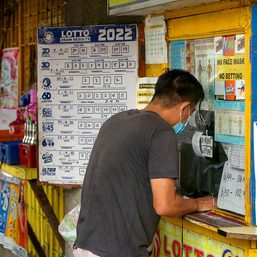

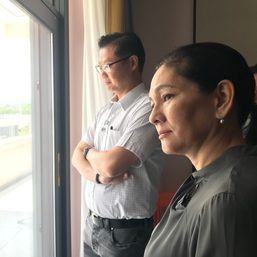

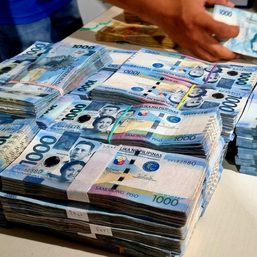
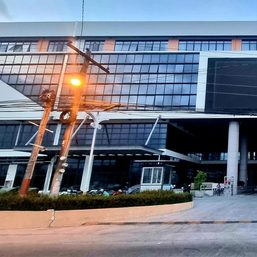
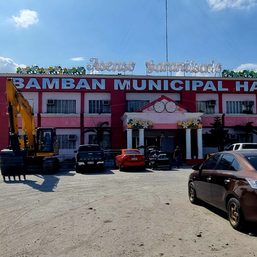
There are no comments yet. Add your comment to start the conversation.